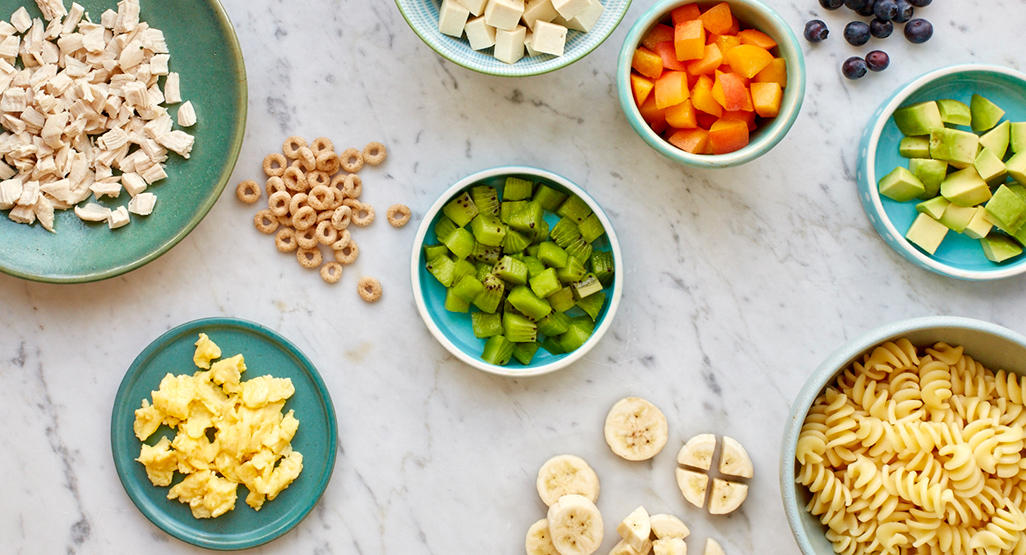Introducing finger foods to a 10-month-old is an exciting milestone. It not only encourages independence but also promotes fine motor skill development. However, safety and nutrition should be your top priorities when selecting the right foods.
1. Benefits of Finger Foods
Offering finger foods allows your baby to explore different textures and flavors. It’s also a great way for them to develop their hand-eye coordination through the “pincer grasp,” where they use their thumb and forefinger to pick up small bits of food.
2. Safe Finger Foods to Introduce
At 10 months, babies are ready to handle soft, bite-sized pieces of food that they can easily squish in their mouths. Here are some safe and nutritious options:
- Soft fruits: Peeled and diced bananas, peaches, or avocados are ideal as they are easy to chew.
- Cooked vegetables: Small, soft-cooked peas, sweet potato, or zucchini strips make excellent first finger foods.
- Grains and pasta: Soft, well-cooked pasta or rice, in small pieces, can be introduced.
- Protein: Try soft pieces of scrambled eggs, or ground meat mixed with sauces to make it easier to swallow.
Always ensure that pieces are small and manageable to avoid choking.
3. Foods to Avoid
While many foods are safe, some pose a higher choking risk for babies. Avoid giving:
- Hard foods: Raw carrots, celery, or large chunks of apples.
- Round foods: Whole grapes, cherry tomatoes, or popcorn.
- Sticky foods: Large spoonfuls of peanut butter or marshmallows can be difficult to swallow.
Cut round fruits into small, manageable pieces and always supervise your child during mealtime.
4. Encouraging Self-Feeding
Place small portions of food on your baby’s highchair tray and let them explore. It’s going to be messy, but it helps them build independence and confidence in feeding themselves. Start with foods that melt in their mouths easily, and gradually introduce different textures as they become more comfortable.
5. Choking Prevention Tips
Safety is paramount when offering finger foods. Always make sure your baby is seated upright in a highchair and never allow them to eat while moving or lying down. Learn the signs of choking, and always be present to watch your baby while they eat.
Conclusion: A New World of Taste and Texture
Introducing finger foods to your 10-month-old is an exciting step toward independence. With the right food choices and safety measures in place, you can help your baby explore new tastes, textures, and self-feeding skills. Enjoy this messy but rewarding milestone!
